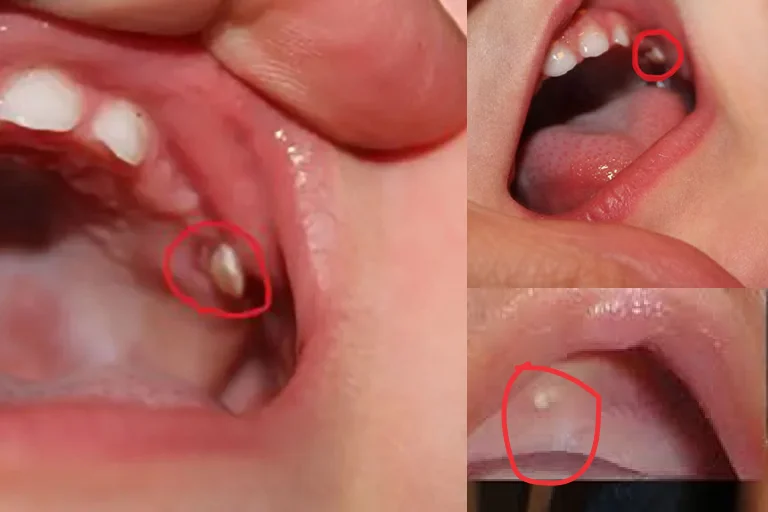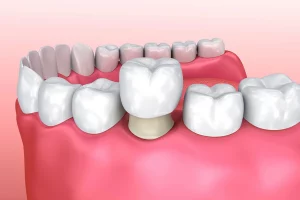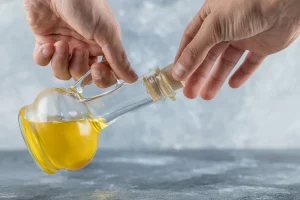It’s perfectly natural to panic when you spot tiny white or yellow bumps in your newborn’s mouth. Most parents think they’re early teeth or a sign of infection. The truth is simpler and far less worrying.
Nine times out of ten, those little bumps are Epstein pearls. It is a small, harmless cysts that appear in more than half of all newborns. Let’s take a clear, no-drama look at what they are, why they form, and what you actually need to do about them.
What Are Epstein Pearls?
Epstein pearls are tiny, noncancerous cysts that form in a baby’s mouth. They’re named after Dr. Alois Epstein, who first described them back in 1880. You may also hear them called palatal cysts or gingival cysts of the newborn.
How Epstein Pearls Look
They’re small—just 1 to 3 millimeters across—white or yellowish, round, and firm to the touch. Parents often mistake them for baby teeth because of that hardness.
They typically appear on the roof of the mouth, especially along the midline palatal raphe, where the two halves of the palate meet. They may show up alone or in clusters.
Do Epstein Pearls Hurt?
Not at all. Epstein pearls are painless. They don’t affect feeding, breathing, or sleeping. If your baby seems uncomfortable, something else is likely going on.
What Causes Epstein Pearls?
These cysts are a normal byproduct of how the palate forms during fetal development.
When the two halves of the palate fuse, a few epithelial cells, essentially skin cells, get trapped beneath the surface. These cells fill with keratin, the same protein found in hair and nails. That’s what forms the pearl-like bump.
They’re not caused by infection, trauma, or poor hygiene, and you can’t prevent them. They’re just part of nature’s construction process.
How Common Are They?
Epstein pearls appear in 60–90% of newborns, most often in full-term babies. They’re a bit more frequent in infants with higher birth weight and in those born to mothers who’ve had multiple pregnancies.
How to Tell Epstein Pearls from Other Conditions
The main job for a doctor or dentist is to make sure the bumps aren’t something that needs treatment. Epstein pearls fall into the group known as newborn gingival cysts, which also includes two other harmless variants.Look-Alike Conditions That Need Attention
| Type | Location | Description |
| Epstein Pearls | Midline of the palate | Most common, form along the fusion line |
| Bohn’s Nodules | Gum ridges or near salivary glands | Believed to arise from mucous glands |
| Dental Lamina Cysts | On the gums | Develop from remnants of early tooth tissue |
| Condition | Key Difference | Treatment |
| Oral Thrush | White patches on tongue and cheeks, painful | Antifungal medication |
| Natal/Neonatal Teeth | Actual teeth present at birth or within weeks, may be loose | Extraction if mobile or causing injury |
| Congenital Epulis | Soft tissue growth on upper jaw ridge | Surgical removal if it interferes with feeding |
| Hand, Foot, and Mouth Disease | Painful blisters and sores in the mouth | Supportive care, hydration |
Treatment for Epstein Pearls
]Epstein pearls resolve on their own. No creams, gels, or home remedies are required. So no treatment is required for epstein pearls.
How They Disappear
They usually vanish within a few weeks as the cysts either dissolve or rupture naturally from the friction of feeding or pacifiers. Some linger for up to three months, but they always fade without help.
What Not to Do
Don’t poke, pop, or scrape them. That can irritate your baby’s gums and introduce bacteria. It’s unnecessary and risky.
Gentle Care Tips
- Wipe your baby’s gums once a day with a clean, damp cloth or sterile gauze.
- Keep feeding as normal—breast milk or formula both help maintain a clean oral environment.
- Avoid home remedies like honey or oils. They do more harm than good.
When to See a Doctor
Most pediatricians and dentists can identify Epstein pearls at a glance, and no tests or X-rays are needed. Still, check with your doctor if:
- The bumps last beyond three months.
- They grow larger or change shape.
- Your baby seems to have pain or trouble feeding.
- You notice swelling, redness, or discharge.
If your provider rules out thrush, natal teeth, or other rare causes, you can safely stop worrying.
Extra Facts Worth Knowing
- Epstein pearls can also appear on the foreskin of baby boys—they’re harmless there too.
- Adults can’t get Epstein pearls, but they can develop other cysts that look similar and may require treatment.
- The distinction between Epstein pearls and other newborn cysts was formally established by researcher Alfred Fromm in 1967.
Takeaway
Epstein pearls are harmless, self-healing cysts that often worry new parents but require no treatment. They naturally disappear within weeks as your baby grows. If you’re unsure about those tiny white bumps or need expert guidance, visit Oris Dental Center in Dubai for gentle pediatric dental evaluation and professional reassurance.





